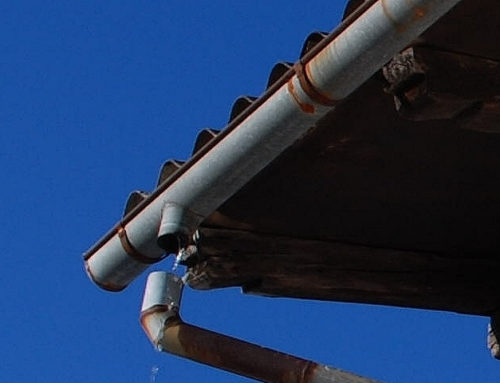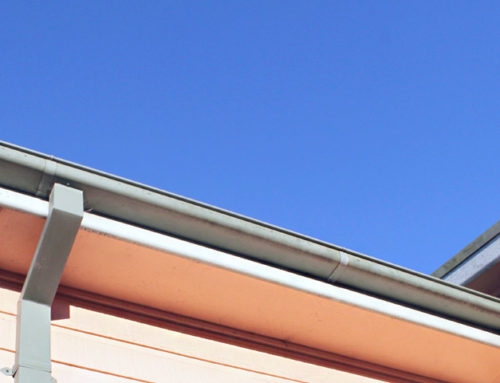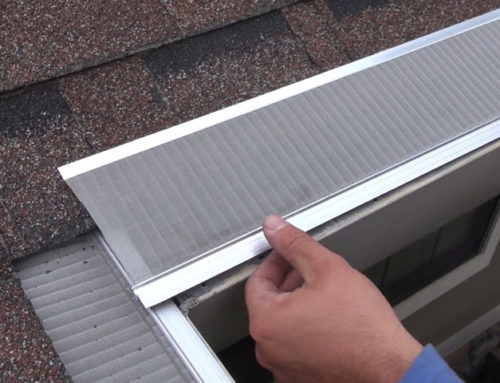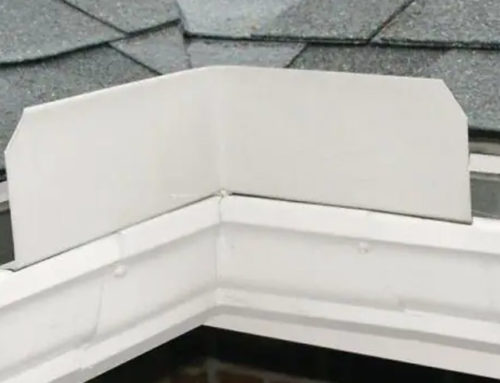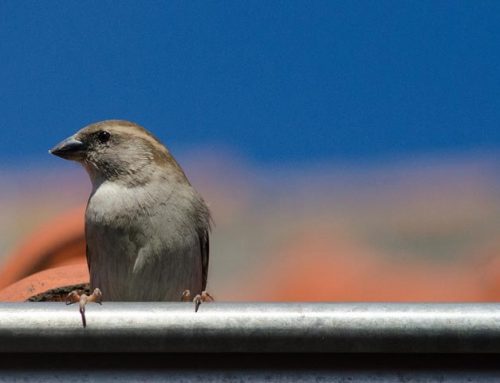Your gutters are on your roof for a reason, to collect and divert rainwater away from the foundation of your home. If rain is overshooting your gutters, then that water will collect in spots it shouldn’t. It may ruin landscaping, soak your family or guests, and do long-term damage to the foundation of your home. So, it is important to make sure water isn’t overshooting your gutters. Here are some things you can do to solve the problem.
1. Protect from Overflow in Valleys
When you have water overflowing your roof just in the valleys (the part where two roof planes meet on a downward slope), this is usually the result of poor roof design and not something you can fix with the other steps on this list. What’s happened is your architect has designed a roof with planes that drain too much water into the valley. This water collects and flows quickly. It sometimes overshoots the gutters even if they were properly sized, installed and cleaned.
In this case, you need a gusher guard, or what is also called a splash guard. It is a small L-shaped piece of vinyl, or whichever material your gutters are made from. Your roofer can install this inside the very outside edge of your gutter, right in the corner that serves the end of the valley. The idea is that the water will hit the guard and then drop right into the gutter where it should have been all along.
2. Clean Gutters
Do you have water overshooting your gutters at other edges of the roof? Then it is possible that this is a bit of an illusion. If the gutters are clogged or full, then the force of the water coming off the roof may make it look like it is overflowing when it is actually just too full to accept the water and so the water is spilling out of the top of the gutters.
In this case, cleaning out your gutters to remove clogs and debris that might hamper drainage will resolve your problem.
3. Fix Gutter System
When a roofer installs a gutter system, there are many decisions they must make about how many downspouts you need, what size gutters you need, and the angle to hang the gutters on. Sometimes roof design makes this a challenge. If your roofer has made any errors, then the result may be water overshooting your gutters.
- K-style gutters: If the problem is that your gutters are too small for the water you receive, you may consider getting them replaced with K-style gutters. K-style gutters are typically the largest available.
- Downspouts: The average home needs a downspout every 30 feet. Yours may need more downspouts in problem areas to allow a larger volume of water to drain.
- Pitch: While gutters may look perfectly level, they should have a very small pitch to direct water to the downspouts and not any dead ends in the gutters system.
A professional roofer and assess and fix your gutter system to stop water from overflowing it.
Silicon Valley’s Rain Gutter Experts
From Palo Alto to Gilroy, you’ll have a hard time finding a more experienced & dependable gutter repair team.
Learn more about our rain gutter services or contact us today for a quick bid.



